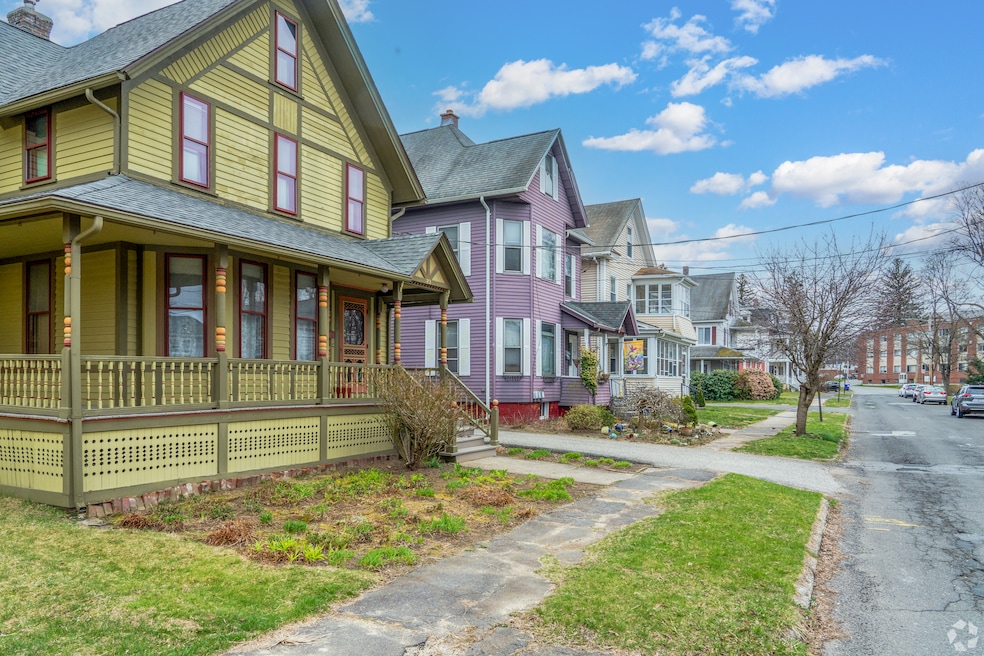Retailers report more spending in July
July was an uplifting month for retail stores as consumers flocked to shops to take advantage of prices before more tariffs take effect.
The National Retail Federation said in its monthly report on Monday that retail sales, excluding automobiles and gasoline, were up 1.45% on a seasonally adjusted basis from the previous month. Sales increased 5.89% from one year earlier. Both figures were an improvement over June’s weaker-than-normal figures.
The report, compiled in collaboration with CNBC and Affinity Solutions, is derived from data on credit and debit card payments in stores.
“Even with weaker job growth than many expected, consumers still have the ability to spend on household priorities as wages are growing above the rate of inflation,” federation president Matthew Shay said in a statement.
Sales increased in all but one of nine major product categories, led by digital products like electronic books and games, sporting goods and general merchandise, according to the report.
Report finds small drop in mortgage rates could be potent
The share of outstanding mortgages with rates above 6% rose to almost 20% in the first quarter of this year, according to an Oxford Economics report Monday, creating conditions in which a small decline in rates could have a big impact on the housing market.
Fewer homeowners than in previous years are subject to the lock-in effect that might discourage them from selling their house, because they would trade a mortgage rate of as low as 3% for one that’s much higher, the report said.
“The share of outstanding mortgages with rates above six percent has more than doubled since 2021. Hence, mortgage rates may not have to fall as steeply as thought to unlock frozen sales and stoke an increase in refinancing activity,” Oxford senior economist Bob Schwartz said in the report.
Lower rates could also unleash a wave of refinancings, Schwartz said, and lead to related spending on home furnishings, renovations, moving expenses and appliances.


